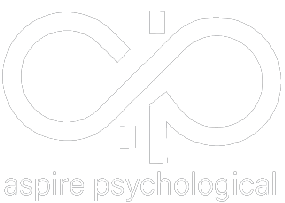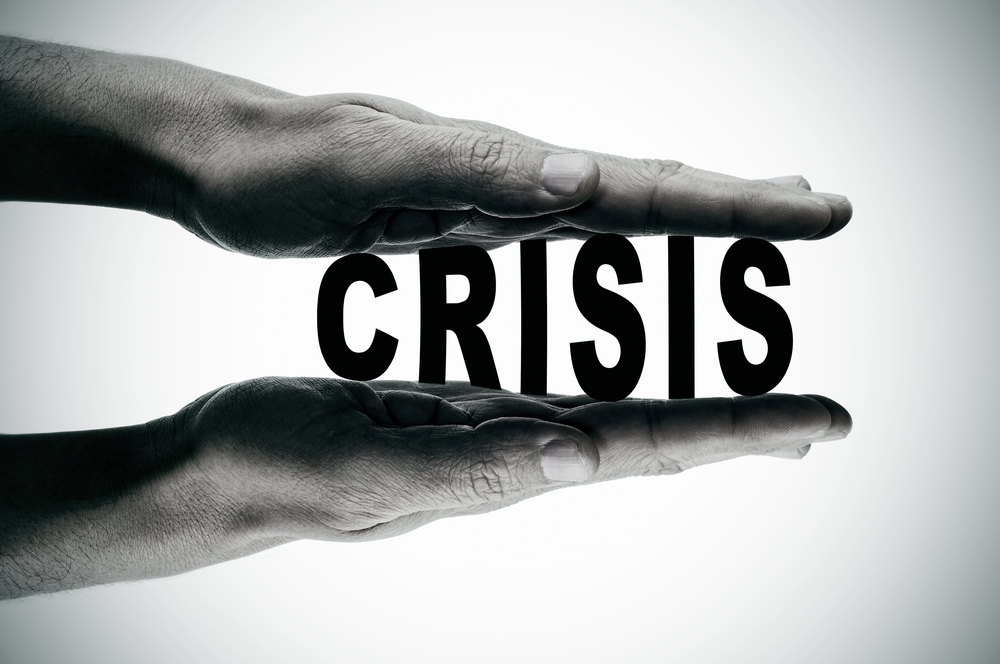Emotion regulation is part of many of the treatments we offer at Aspire Psychological. This is no accident. Emotion regulation is part of what we do because it is one of the keys to overcoming a variety of mental health disorders. To ignore emotion regulation would be to discount one of the most effective tools we have for helping people.
Over the years, research has demonstrated time and again that people suffering from certain types of mental disorders, including anxiety disorders, demonstrate difficulty regulating their own emotions. Unfortunately, this contributes to an ongoing cycle of increased anxiety which only serves to further a patient’s emotional struggles.
The Connection Between Emotions and Thoughts
Anxiety is a natural human emotion. It is triggered by both mental stress and thoughts involving fear and apprehension. People living with anxiety disorders often experience anxiety, fear, and apprehension at more intense levels compared to others. This is often observed when a person shows excessive anxiety over a circumstance that does not threaten their wellbeing or safety.
People with anxiety disorders demonstrate through their behaviors a clear link between emotions and thoughts. Interestingly, each one fuels the other. Negative thoughts fuel negative emotions and vice versa. Heightened thoughts and emotions are then born out in both the physical symptoms of anxiety and a person’s actual behavior.
Managing Emotional Intensity
Applying the idea of emotion regulation to the link between thought and emotion is really about managing emotional intensity. It is nearly impossible to prevent the onset of a particular emotion, like fear or apprehension, especially when circumstances are outside of a person’s control. But once those emotions kick in, their intensity can be managed. That is what emotion regulation is all about.
By managing emotional intensity, expression, and duration, anxiety can be reduced. The opposite is also true. Allowing emotional intensity and expression to go unchecked often leads to a longer duration. The end result is more difficulty returning to a calm state. Thus, anxiety is exacerbated.
The question then becomes one of how patients can learn to manage their emotions. How can they learn to regulate the intensity of what they feel and how long such feelings last? That is where mental health treatments come in.
Identify, Challenge, and Cope
Patients who manage to learn how to regulate their emotions ultimately respond better to mental health treatments. But in order to do that, patients need to learn to identify not only their negative emotions, but also when those emotions are on the verge of getting out of control. As such, a lot of the mental health treatments we utilize focus on identifying and challenging negative emotions.
The idea of challenging is not to say such emotions are wrong or abnormal. Rather, it is to challenge the assumption they cannot be managed. Once a patient is ready to move down that road, they can learn coping mechanisms that will lead to greater emotional control.
Mindfulness is an example of one such strategy. Mindfulness is the practice of focusing one’s awareness on the present moment and without any judgment. A patient is simply focusing on becoming aware of him or herself at that moment in time. Through mindfulness, patients can identify their emotions without allowing them to be in control.
There is a lot more to emotion regulation than we could cover in a single post. Needless to say that we would be more than happy to sit and talk with you about it in the context of your treatment. If you are interested, we can help you gain control over your emotions.





